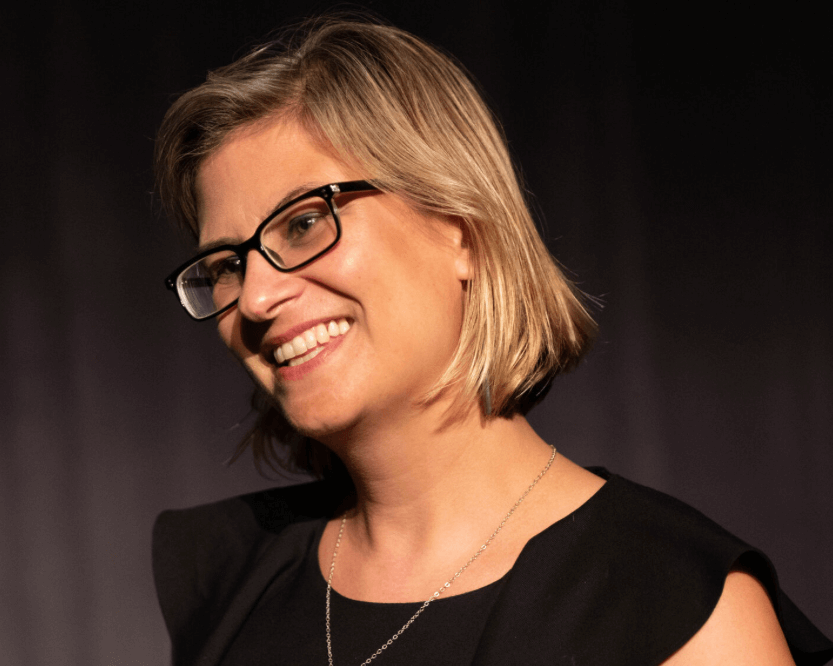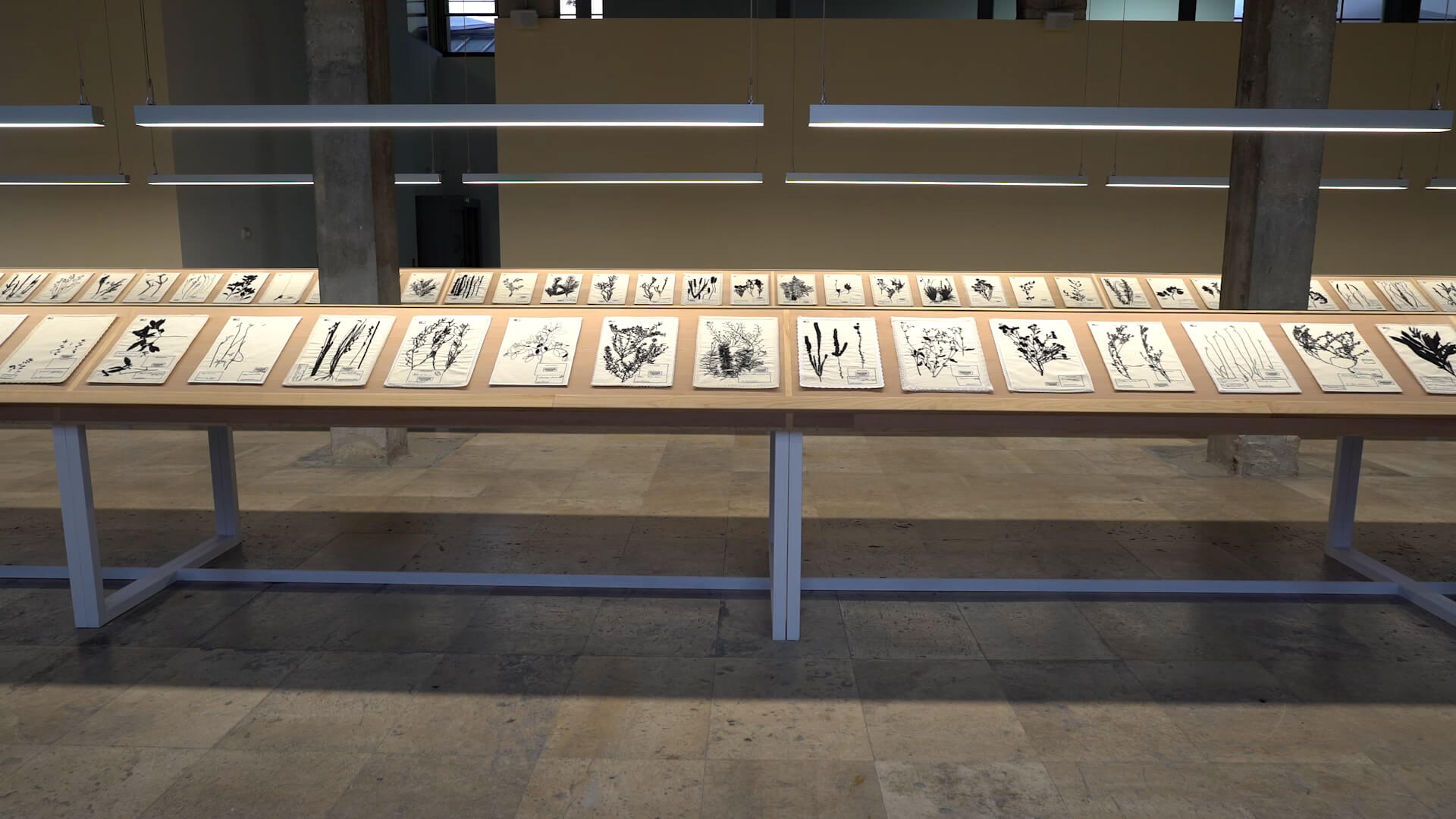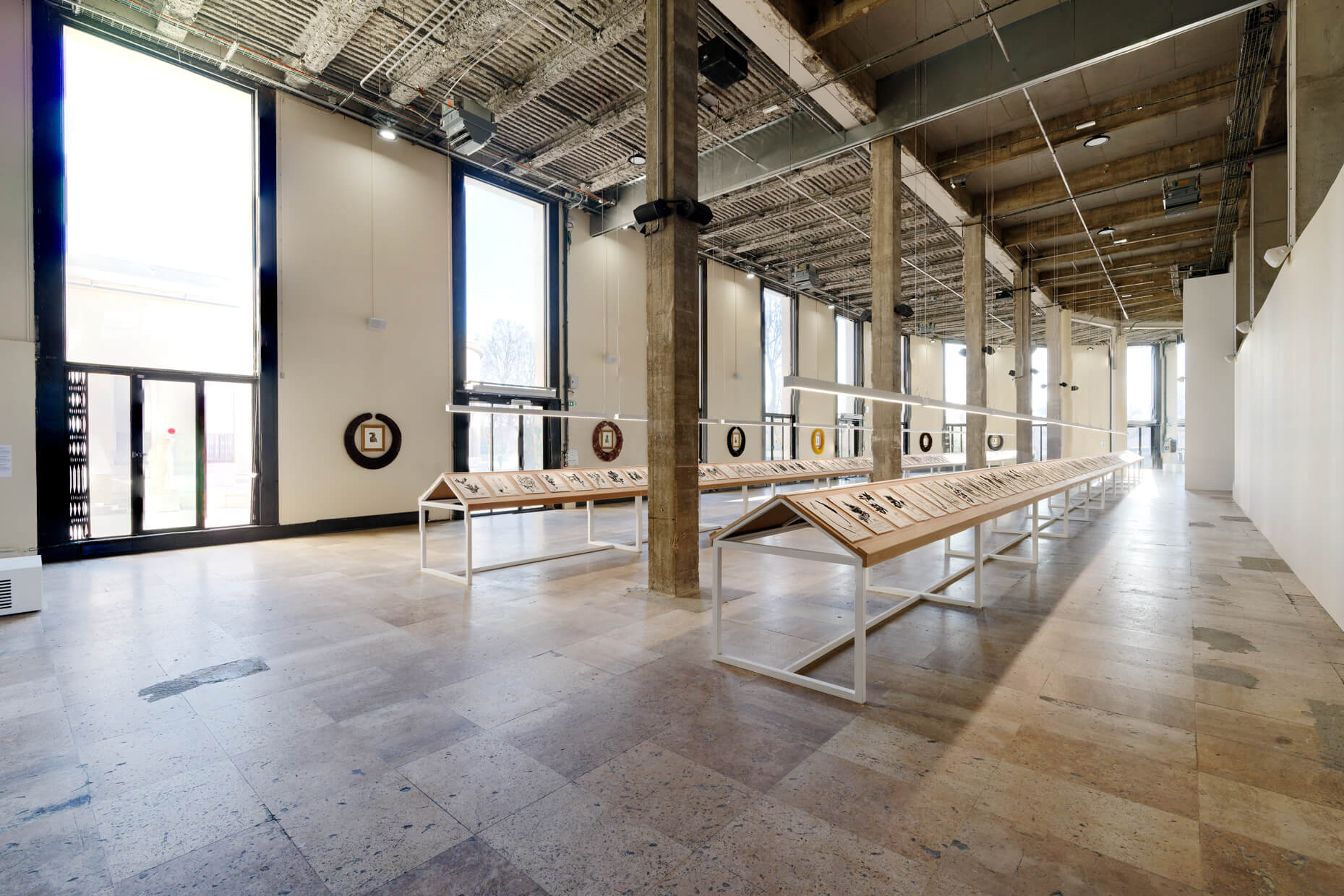SEARCH THE ENTIRE SITE

Seminar "Indigeneity, hybridity, anthropophagy (II)" #3
The 02/09/2022 from 5:30 pm to 7:30 pmIsabelle Merle and Maia Nuku
The rise in visibility of Indigenous practices in international contemporary art is a major phenomenon in the history of art being written, with the risk, at times, of becoming a simple label. The terms “hybridity” and “anthropophagy” (in reference to the “Cannibalist Manifesto” of Oswald de Andrade) were thus attached to Indigeneity to avoid identity assignments and to question the invention of variable practices and identities, thwarting the categories inherited from colonialism and making it possible to rethink the relationship to nature, territory, humans and other than humans. By giving the floor to researchers and artists, this seminar aims to shift the focus of institutional questions towards those of creative processes, from assigned identities to practices by which the individuals self-identify and invent their relationships to the world.
For this third – and last in connection with Jonathan Jones’ exhibition untitled (transcriptions of country) – session at the Palais de Tokyo, historian of colonisation Isabelle Merle talks about the meeting of Europe and the Aboriginal world in Australia. Through the lens of Watkin Tench, a young officer of the British army, is evoked the arrival in Port Jackson (future Sydney) in January 1788 of 700 condemned men and women, destined to found a penal colony. Watkin Tench focuses on describing early interactions with Aboriginal people, the irremediable march of a singular colonisation, and the violence that accompanies it. This intervention evokes the Australian context prior to the Baudin expedition, as evoked by Jonathan Jones in his exhibition.
In order to open up the Indigeneity question more broadly to the Pacific area, Maia Nuku, Curator for the Arts of Oceania at the Metropolitan Museum of Art in New York, draws on highlight works from the museum’s collection. Taking a fresh look at the arts of the Moana/Oceania, she studies its relationship to ancestral time and voyaging as a way to explore ideas of visual power and ancestral agency. Grounding in specific examples that include canoe prows, shell breastplates and turtleshell masks, she assesses the materiality and aesthetic dimension of the artworks in a bid to examine the overarching conceptual landscape in which they were conceived. This analysis maps out key coordinates of the culture which continue to be unifying for its communities in the 21st century.
Co-conception Morgan Labar (Associate Professor, ARTS Department, ENS) and Daria de Beauvais (Senior Curator, Palais de Tokyo). In partnership with the École Normale Supérieure (Paris).




